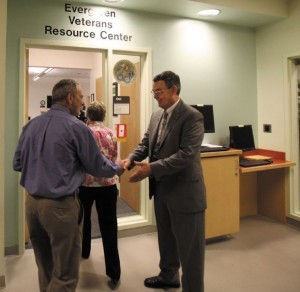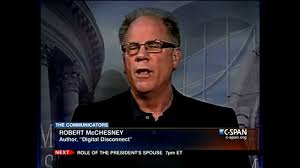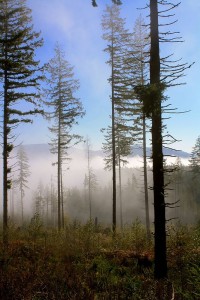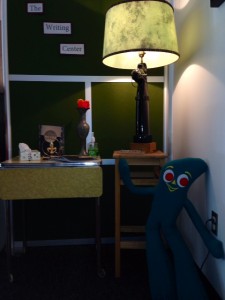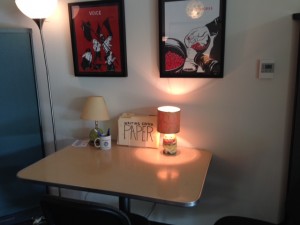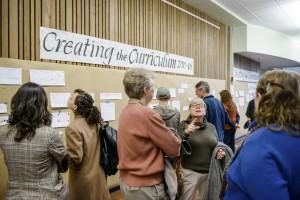
ONE BIG BRAIN: Can humanity think its way to a better future?
On February 21, 2014, Evergreen will host a film screening and panel discussion to explore the existence of a “noosphere” (pronounced “No-a-sphere”), a planetary field of unified consciousness that forms a layer around planet Earth, just as does our atmosphere. The event will highlight the Noosphere Endowment at Evergreen that supports faculty-student collaborative projects unifying artistic, scientific, and spiritual elements that promote the advent of a worldwide culture of peace. Adam Leveen Sher ’02 and his parents Gerson and Marjorie Sher established this endowed award to assist future generations of Evergreen students.
Here is a preview of the film that will be shown prior to the panel discussion:
Following the screening, a panel of faculty members and alumni will consider the concept of a noosphere that can act in specified ways upon our biosphere.
One of the sources of research on the noosphere is The Global Consciousness Project, an international, multidisciplinary collaboration of scientists and engineers. This organization, operating under the auspices of Princeton University, collects and examines data “to discover subtle correlations that reflect the presence and activity of consciousness in the world . . .When human consciousness becomes coherent and synchronized, the behavior of random systems may change.”
Event information:
One Big Brain: Can Humanity Think Its Way to a Better Future?
Date: Friday, February 21, 2014
Time: 1:00 to 3:00 pm
Location: On campus in the Longhouse Education and Culture Center
There is no charge for this event and it is open to the public.Contributions to the Noosphere Endowment are gratefully received.
Seating is limited. Faculty members who wish to bring their students should reserve seats by contacting R.J. Burt in the Office of Alumni Programs by February 15.


 Take a look at the newest addition to Evergreen’s social networking suite:
Take a look at the newest addition to Evergreen’s social networking suite: 

